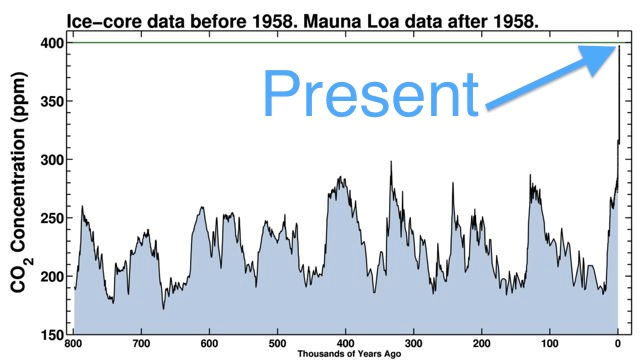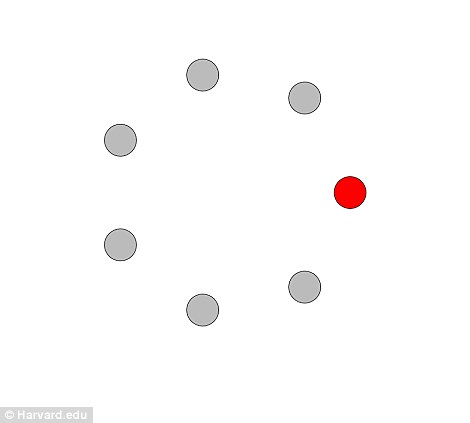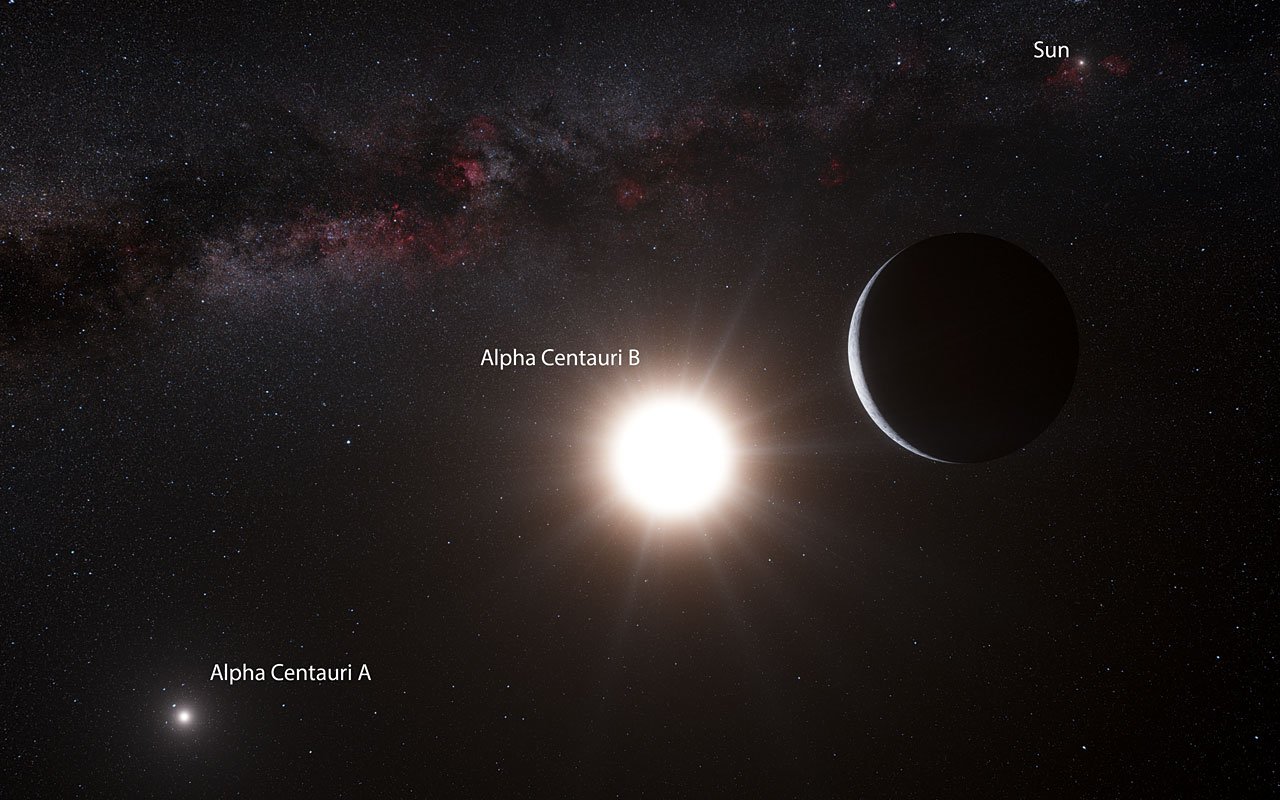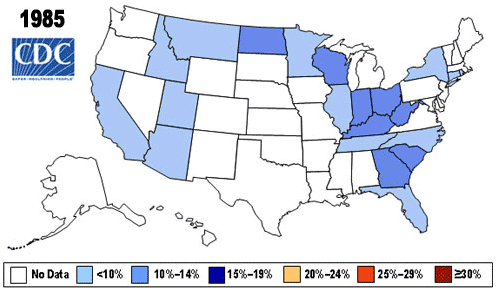 “As many as 35,000 stray dogs live in Russia’s capital city…Taking the subway is just one of many tactics the strays have come up with for surviving in the manmade wilderness around them. ‘The street is tough and it’s survival of the fittest,’ says Poyarkov. ‘These clever dogs know people much better than people know them.'”
“As many as 35,000 stray dogs live in Russia’s capital city…Taking the subway is just one of many tactics the strays have come up with for surviving in the manmade wilderness around them. ‘The street is tough and it’s survival of the fittest,’ says Poyarkov. ‘These clever dogs know people much better than people know them.'”
ABC News takes a gander at the subway dogs of Moscow, who, for reasons of survival, seem to have figured out the system better than most tourists. “Moscow’s strays have also been observed obeying traffic lights, says Vereshchagin…Sometimes a pack will send out a smaller, cuter member apparently realizing it will be more successful at begging than its bigger, less attractive counterparts.”
In very related news, a new study finds that, since domestication many moons ago, dogs and humans have been evolving along parallel lines. “The study shows that dogs split from gray wolves about 32,000 years ago, and that since then, domestic dogs’ brains and digestive organs have evolved in ways very similar to the brains and organs of humans…They found both species underwent similar changes in genes responsible for digestion and metabolism, such as genes that code for cholesterol transport.” This must be the reason Berk loves him some gummi candy.









